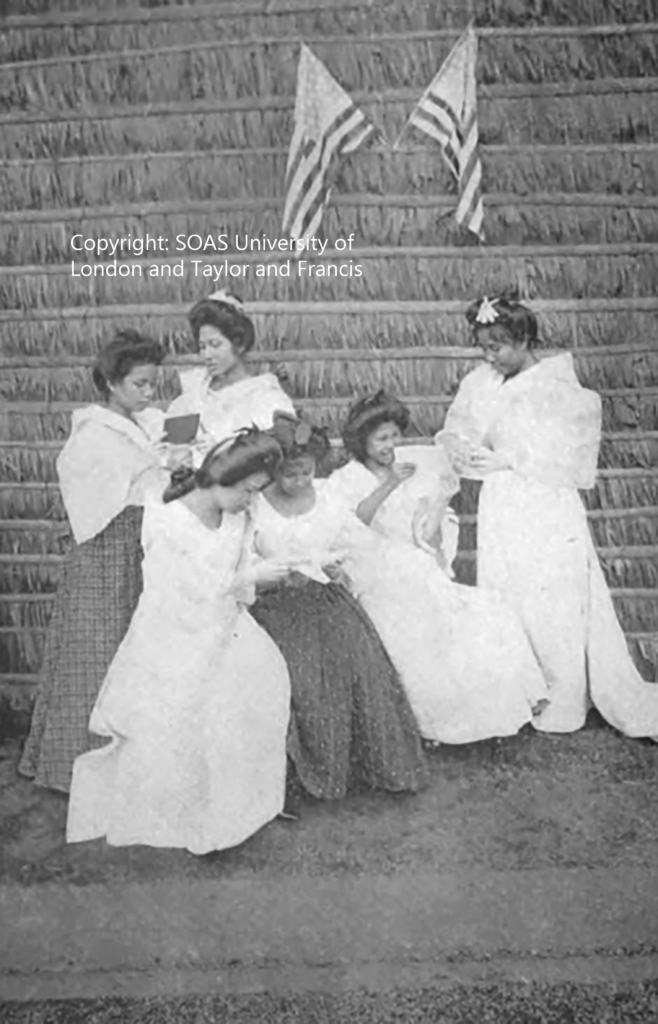While Visayan women were depicted as “most civilized” in colonial photography, the photos still upheld a gender ideology promoting male superiority
23 Jan 2024

Significant works have been published on American colonial photography in the Philippines, which primarily focus on the depiction of Filipinos in general and not on the images of Filipino women, specifically Visayan women. Using an intersectional feminist lens, this article examines how Visayan women were portrayed at the 1904 Louisiana Purchase Exposition through colonial photography by comparing their representations with those of Visayan men and indigenous Filipino women in terms of gender, ethnicity, religion and social class. It interrogates how the Americans utilized photography not only as an imperialist instrument but also as an effective means to propagate their gender ideology in the newly acquired colony. While indigenous Filipinos were generally represented as savages, indigenous women were doubly so owing to their implied inferiority to men. And while Visayan women were depicted as ‘the most civilized’, their representation in photographs still promoted a certain type of gender ideology that circulated the idea of male superiority over women, portraying them as how the colonizers perceived them, thus reinforcing the power of the colonizer over the colonized. This study also challenges photography’s claim to objectivity by comparing Visayan women’s images in colonial photography with their actual roles in society.
Read the full paper: https://doi.org/10.1080/0967828X.2023.2229488
